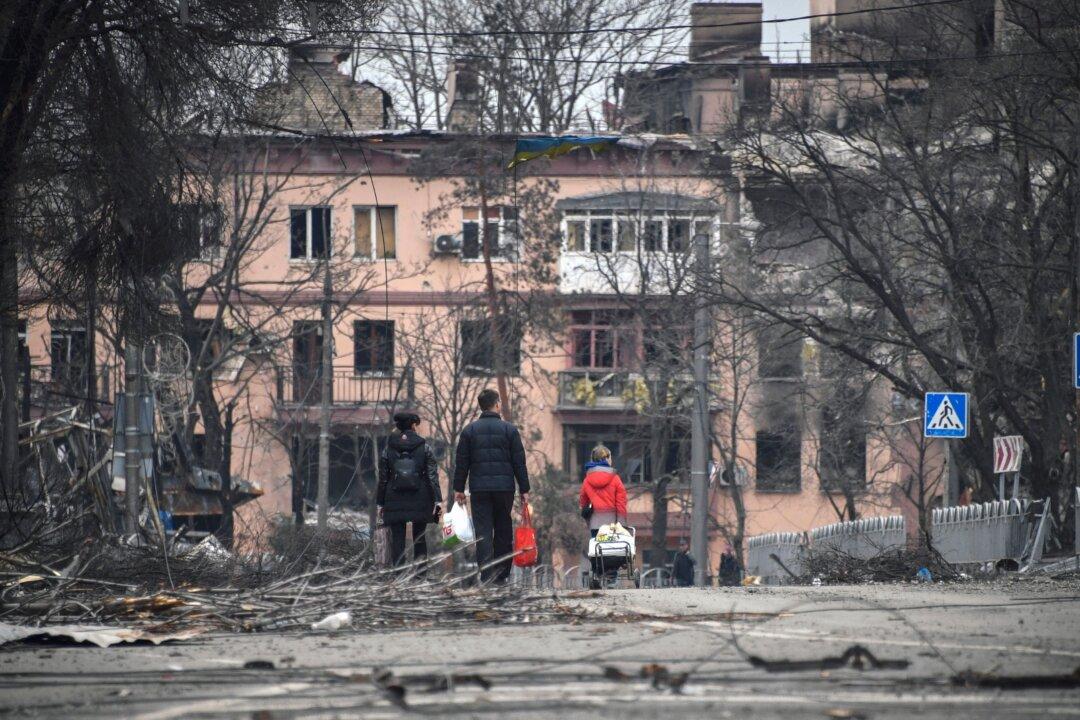Commentary
The ongoing Russia-Ukraine war—even as part of a much larger strategic conflict—has already begun to yield significant lessons for statecraft and military operations.

The ongoing Russia-Ukraine war—even as part of a much larger strategic conflict—has already begun to yield significant lessons for statecraft and military operations.